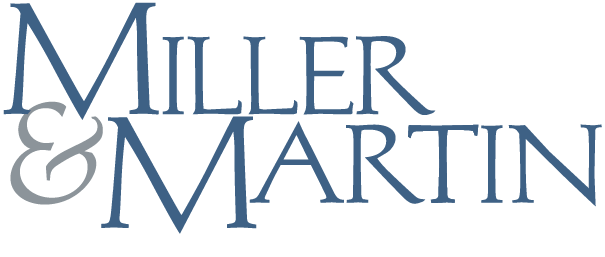Nine Tips on Protecting Attorney-Client Privilege in Dual-Purpose Communications
Miller & Martin PLLC Alerts | July 28, 2023
Author: Zachary Greene
As first published in the American Bar Association's June 2023 Commercial & Business Litigation "Practice Points" Newsletter
By Zachary H. Greene (Member - Miller & Martin, Chattanooga, Tennessee) and Nicole Roth (J.D. candidate at the University of Tennessee College of Law in Knoxville, Tennessee)
Steps in advance of communication that will help you preserve the privilege.
The Supreme Court of the United States recently passed on an opportunity to clarify whether and to what extent dual-purpose communications are protected by the attorney-client privilege. A dual-purpose communication is a communication by an attorney—most often by in-house counsel, but sometimes by outside counsel for a client—containing both legal and non-legal (business) advice.
In 2022, the Court granted certiorari to review the Ninth Circuit’s decision in In re Grand Jury, 23 F.4th 1088 (9th Cir. 2021). The case stemmed from a grand jury subpoena issued to a law firm seeking various client communications and provided the Court the opportunity to resolve a three-way circuit split among the Ninth Circuit, the D.C. Circuit, and the Seventh Circuit. While there is general agreement among courts that the privilege applies when the “primary or predominant purpose” of an attorney-client communication is to seek legal advice, the circuits split over the application of that standard to dual-purpose communications.
The Ninth Circuit in In re Grand Jury held that the dual purposes of the communication must be weighed. If its legal-advice purpose predominates, then the entire communication is privileged. In the D.C. Circuit, a dual-purpose communication is privileged if seeking or conveying legal advice is one significant purpose of the communication. See In re Kellogg Brown & Root, 756 F.3d 754 (D.C. Cir. 2014). And in the Seventh Circuit, a dual-purpose communication per se cannot be privileged. United States v. Frederick, 182 F.3d 496 (7th Cir. 1999). The breadth of these three approaches is wide and bound to cause uncertainty.
After oral argument, the Supreme Court dismissed the Ninth Circuit case as improvidently granted, leaving practitioners without clear guidance. In re Grand Jury, 143 S. Ct. 543 (2023). Without such clarity, clients will continue to face different privilege protections depending on where they might be sued or subjected to a government investigation. Further, while dual-purpose communications may occur when non-legal work is completed by outside counsel, such as the tax-preparation and accounting activities in In re Grand Jury, nearly all communications by in-house attorneys also holding non-legal business titles could be subject to scrutiny. Moreover, because of the speed and convenience of email in today’s corporate environment, inadvertent dual-purpose communications are bound to arise more frequently.
Attorneys serving in both legal and non-legal roles—and who, therefore, may labor under a lower presumption that the purpose of their communication is related legal advice—should pay especially careful attention to the potential privilege issues with their communications. The following tips should be helpful in doing so:
- Evaluate whether the communication is one that is likely to be protected by privilege before memorializing a potentially non-privileged communication in writing.
- Consider clearly distinguishing a communication for the purpose of legal advice as being privileged by using a header indicating “Privileged and Confidential” on emails, letters, and other documents.
- Review the anticipated communication thoroughly and reframe advice that may be construed as business advice to focus on legal requirements or considerations. Consider communicating business advice separately (in an entirely different communication) from legal advice.
- Scrutinize the distribution of an email, letter, or document and limit the total number of recipients as well as the number of non-lawyer recipients. Limit legal advice to smaller distribution lists and consider for broader distribution only business-advice communications that are clearly non-privileged.
- Structure the communication to demonstrate that its purpose is to provide legal advice. Dust off the IRAC method (Issue, Rule, Analysis, Conclusion). First, describe the request for legal advice; second, lay out the facts & questions; third, describe the analysis and conclusions. If a business alternative is provided, clearly tie the recommendation to the legal requirements and analysis.
- Pause before immediately replying to an email (always a good idea) and review the chain of correspondence. Evaluate whether the prior communications indicate a mixed business and legal purpose. Then, consider creating a new communication chain more suited to the type of advice.
- Distinguish legal advice communications by naming authors and identifying their role using their legal titles—such as “General Counsel”—rather than business titles on communications.
- Educate clients about the attorney-client privilege and train them to evaluate their communications to lawyers to distinguish between business and legal advice. Advise non-lawyers seeking legal advice to direct such communications only to lawyers. In addition, provide guidance to non-attorneys that simply CC-ing an attorney on an email chain is likely insufficient to cloak the communication with the attorney-client privilege.
- Assess attachments to correspondence with a careful eye. Ensure that the purpose of the attachment matches the purpose of the communication, or at least that the attachment does not contradict the intended purpose of the communication.
All attorneys—but particularly those serving in both legal and non-legal capacities or working with dual-role in-house counsel—should consider the purpose of every communication and whether a court weighing or determining that purpose could find that the advice is not subject to the attorney-client privilege. Sometimes an adequate evaluation takes only a few seconds. In certain instances—and, until the Supreme Court weighs in with a consistent rule, in certain jurisdictions—more careful reflection and action is necessary.

